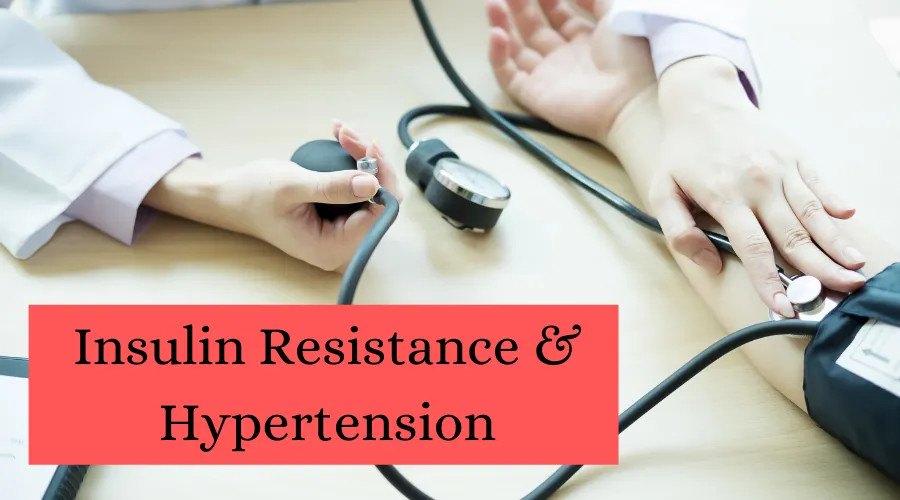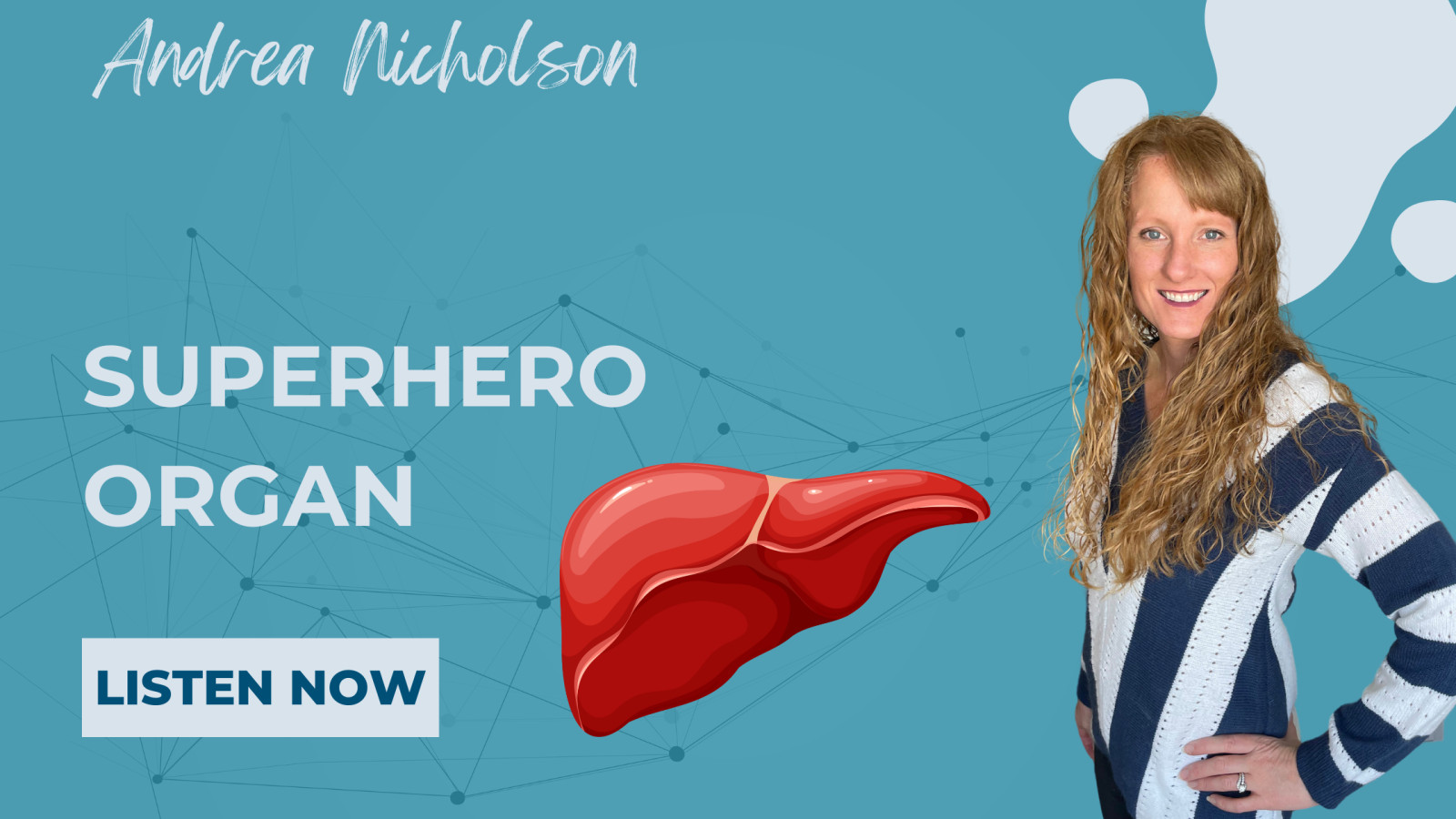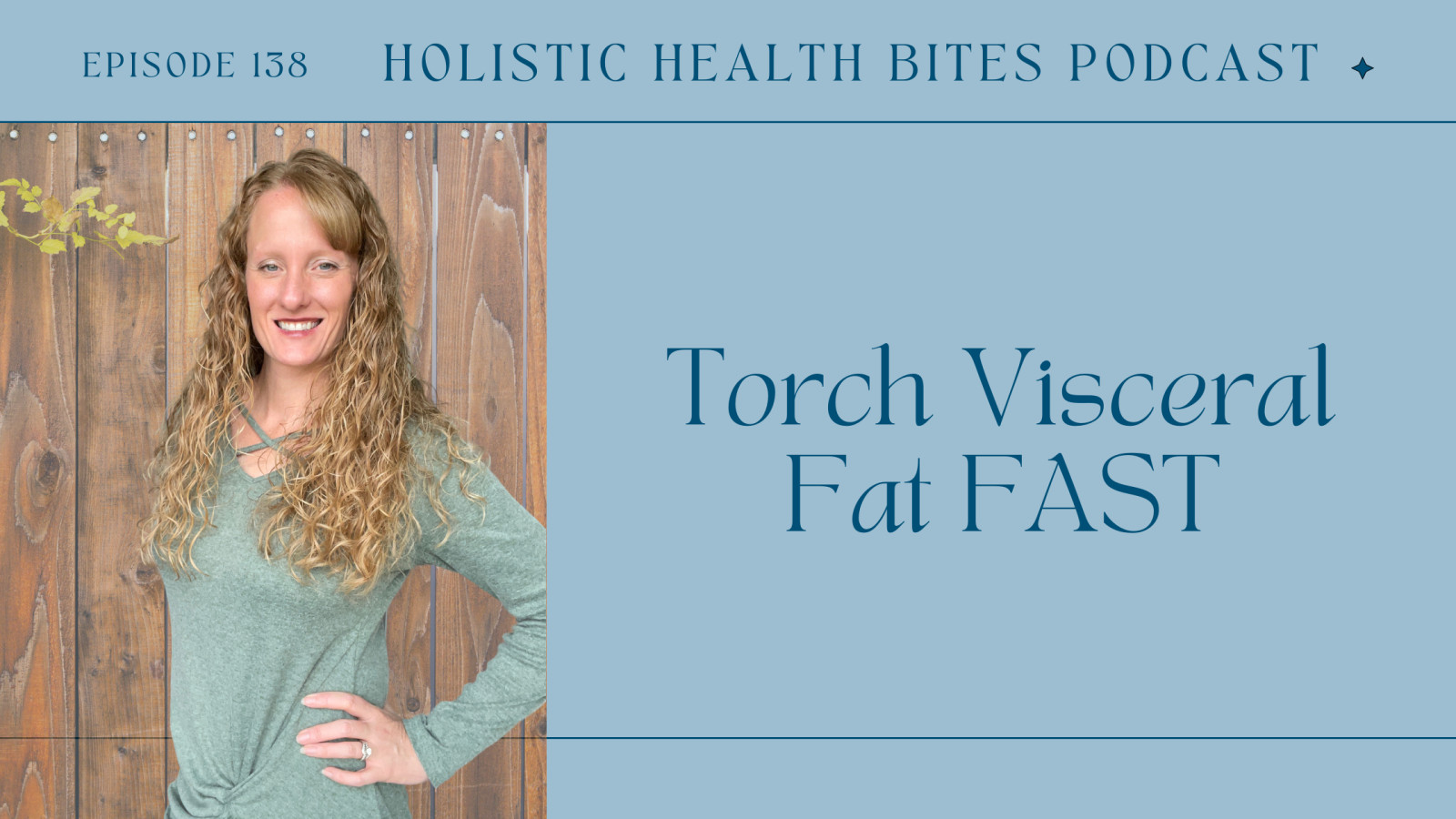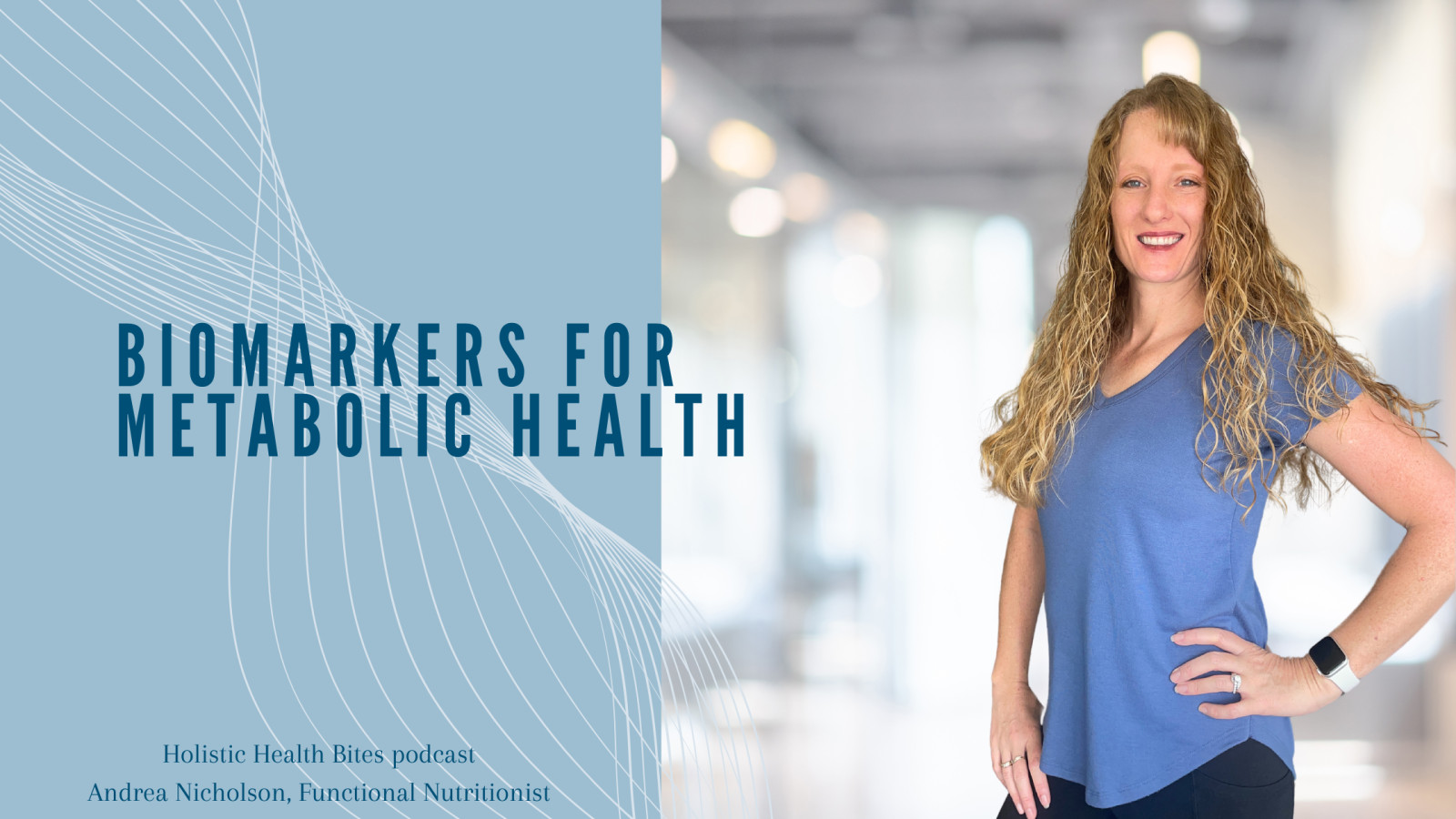
Insulin Resistance is NOT just about Diabetes!
Insulin resistance is surprisingly common affecting more than 1/3 of the population. For obese adults, the numbers are even higher. Sadly, most people have no idea they have insulin resistance.
Why should you care? Insulin resistance has been linked to some cancers, Alzheimer’s disease, mental health disorders, diabetes, PCOS, erectile dysfunction, hearing and vision impairments, and so much more.
What is Insulin?
Insulin is a hormone produced by the pancreas, most known for its role in blood sugar regulation, though it has many other roles.
- Maintaining glucose levels in the blood (not too high or too low). When glucose is high, more insulin is secreted. When glucose is low, less insulin is secreted.
- Enables the cells to use glucose for energy or conversion to stored glycogen in muscle and liver cells. When insulin levels fall, the liver generates more glucose. When insulin levels are climbing, the liver slows glucose synthesis.
- Regulates fat storage. When insulin levels are high, fat cells take up excess glucose and convert it to fat. When insulin levels are low, the body can use stored fat for energy (burn more fat).
- Plays a role in blood pressure regulation. When insulin levels are high, the kidneys are signaled to retain more sodium (and therefore water). This increases the volume of the blood and increases the blood pressure. When insulin levels are low, the kidneys retain only the necessary amount of sodium and therefore don’t retain excess water.
What is Insulin Resistance?
As the name suggests, this is a disorder where the cells in your body are not responding to the presence of insulin. When the cells don’t respond, the feedback loop doesn’t work properly – so the pancreas continually pumps out more insulin to deal with circulating blood sugar. Ultimately this leads to higher and higher insulin levels to deal with the same blood sugar levels.
High levels of sugar in the blood is incredibly toxic and damaging to the tissues and blood vessels.
But this is NOT just about eating a high sugar diet. We derive sugar from many foods we eat – vegetables, fruits, grains, nuts, and some proteins. Our bodies also produce sugar from various stored fuels (glycogen, proteins, and some components of fat).
Even someone who is not consuming simple sugars can have high blood sugars.
Estimates are that 88% of the adult population in the US have at least one of the five markers for metabolic syndrome. Metabolic syndrome increases the risk for insulin resistance.
Why Does Insulin Resistance Develop?
There are many factors that contribute to the development of insulin resistance, including genetics, environmental factors, lifestyle, and diet. This is great news because this means we have a lot of control over preventing and reversing insulin resistance.
Now you may be thinking…ummm I can’t control my genetics! Actually, that’s both true and not true!
It’s true you can’t change the actual sequence of your DNA. But you CAN control whether those genes are turned on or off! Epigenetics (how the environment impacts your genes) is determined by lifestyle choices, nutrient status, toxin exposure, and other environmental factors. In this way, you can have a direct impact on your genes.
Your DNA is the gun, but your lifestyle decides if it’s loaded and when to pull the trigger.
Environmental factors include stress, toxins, pollution, pathogen exposure (like mold). While we can’t eliminate 100% of these, we can choose cleaner products, avoid excess toxin exposure, manage our stress levels, and set our bodies up to most effectively detoxify daily.
Lifestyle factors include sleep quality, hydration status, social interactions, and living a more mindful life. Actively prioritizing your health can have a big impact on your outcomes.
And dietary choices clearly make a profound impact on your insulin levels and level of resistance. Most of us know that a diet filled with simple sugars is likely to contribute to the development of diabetes, insulin resistance, and obesity. But did you know that a diet high in any kind of carbohydrate can also do this?
The average adult today is eating 225-300g of carbohydrates per day (and most are refined carbohydrates). The CDC even recommends that someone with Diabetes should aim to get half of their total food as carbohydrates.
This is a recipe for insulin resistance!
{And just one more reason to essentially do the opposite of everything you’ve ever heard about health!}
Follow me on this…all food is made up of one, two, or all three macronutrients – carbohydrates, protein, and fat.
Carbohydrates cause the fastest and largest blood sugar spike and therefore the biggest insulin spike (even without insulin resistance). Protein causes a moderate increase in blood sugar and insulin (though more so when consumed with carbohydrates). Fat causes no blood sugar increase and essentially no insulin spike.
So…does eating 225-300g of carbohydrates per day sound like a good plan for your blood sugar and insulin? Should half of your food really be coming from the biggest trigger foods?! Logically – no.
Insulin resistance is not just about sugar/carbohydrate intake though. We also have to consider food quality. Poor quality fats and toxins can make insulin resistance worse as well by damaging the cell itself. This reduces the function of the insulin receptors, so the cells don’t recognize insulin is present. Poor quality fats include corn oil, cottonseed oil, canola oil, sunflower oil, safflower oil, soybean oil, rice bran oil, and grapeseed oil. These are easily oxidized oils that are found in nearly every pre-made product on the market. Other kinds of toxins come from artificial ingredients (colors, sweeteners, flavorings, preservatives, fillers), personal care products (cosmetics, body care products, perfumes), and home care products (cleaning products, air fresheners, and toxic cookware).
How is Insulin Resistance Diagnosed?
Most doctors will routinely run a hemoglobin A1c test and fasting blood glucose test. These are helpful tests, but they are lagging indicators. Oftentimes insulin levels have been elevated for decades before these tests will show elevations. There are two far better tests…
- Request a fasting insulin test. If your doctor won’t run this, let me know. I’m happy to order it for you (contact me). Sadly many doctors won’t because they don’t know how to interpret the numbers or what to do with elevated insulin levels. A fasting insulin value can be combined with a fasting glucose value to calculate a HOMA-IR score which has been found to highly correlate with insulin resistance or sensitivity.
- Measure your waist and height. Using these measurements, you can determine your waist to height ratio. Simply divide your waist measurement by your height measurement. If the ratio is less than 0.5, you’re likely still insulin sensitive. The higher the ratio is, the more likely you are insulin resistant. Of course, this isn’t the most accurate method, but it is cheap and easy.
Summary
Identifying your level of insulin resistance could just be the missing piece to your health challenges. Whether you’re dealing with chronic pain, stubborn weight, energy dips, mood swings, difficulty sleeping, hormone imbalances, brain fog/cognitive decline, heart disease, high cholesterol, or any other chronic issue – insulin resistance likely plays a role. In many cases, the resistance can be reduced or fully reversed (often very quickly) with the right diet, lifestyle, and holistic approaches.





















0 Comments